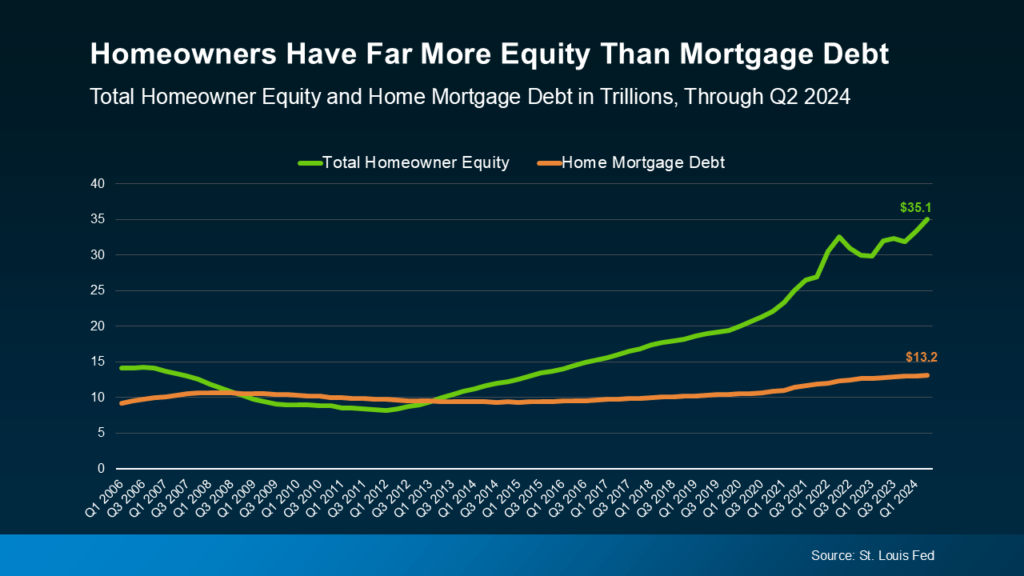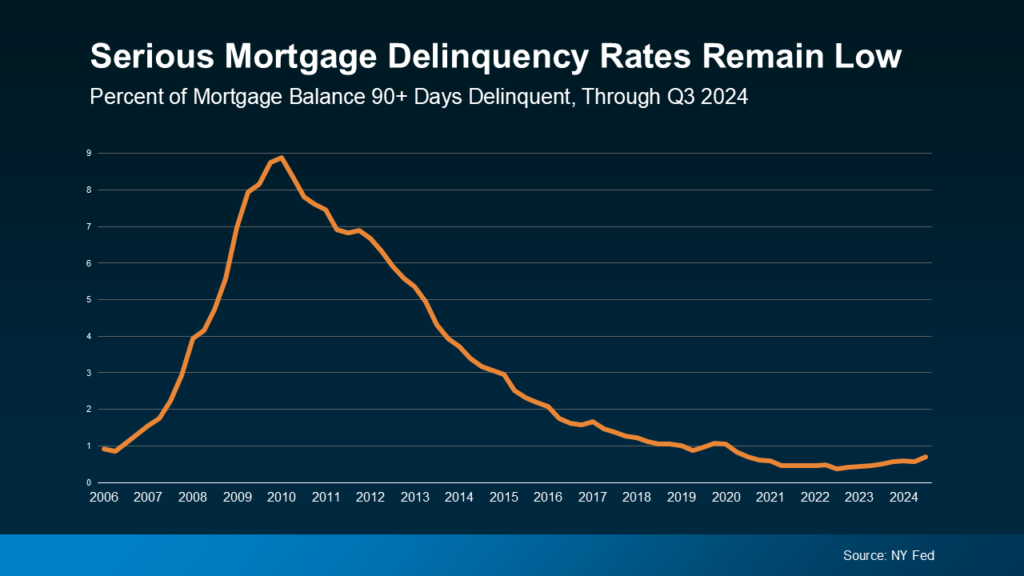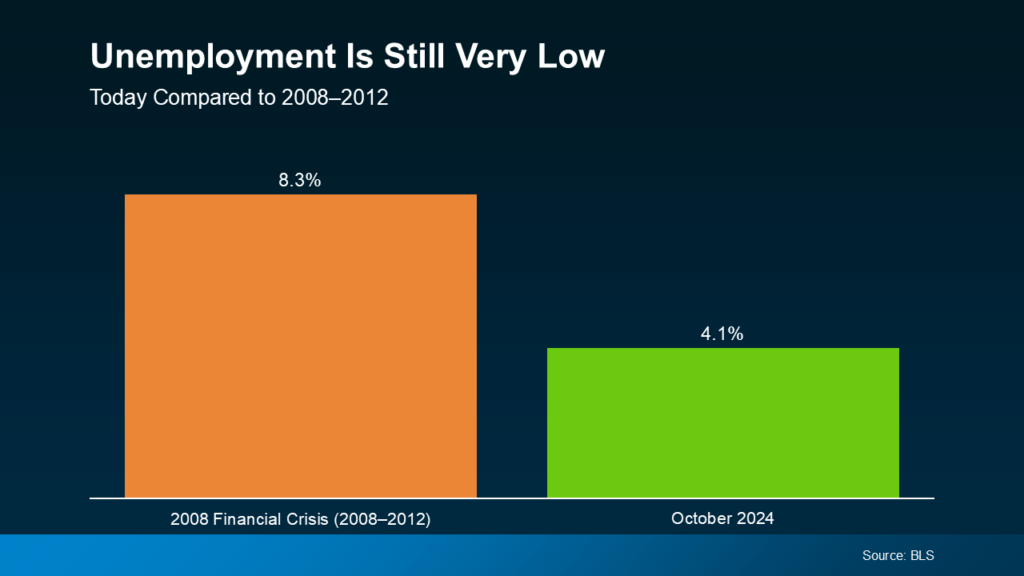
Why Today’s Housing Market Is Stronger Than Ever
One key reason we’re not facing a foreclosure crisis is the significant equity homeowners have built up. Unlike the last housing bubble, where many homeowners owed more on their mortgages than their homes were worth, today’s owners have far more equity than debt.
This is why, despite mortgage debt reaching record levels, we’re not reliving 2008. Housing Analyst Bill McBride from Calculated Risk explains:
“With the recent house price increases, some people are worried about a new housing bubble – but mortgage debt isn’t a concern . . .”
Today’s homeowners are in a far more secure financial position. Let’s explore why today’s mortgage debt is nothing to worry about.
More Equity Means Less Foreclosure Risk
According to data from the St. Louis Fed, total homeowner equity is nearly three times the total mortgage debt today (see graph below). This robust equity buffer offers homeowners stability and significantly reduces the risk of widespread foreclosures.

Equity Offers a Safety Net for Homeowners
Homeowners with high equity are less likely to face foreclosure because they have more financial options. If someone is struggling to make mortgage payments, they can often sell their home and still come out ahead, thanks to the equity they’ve built.
Even if home prices were to decline, most homeowners would still have a comfortable equity buffer. This stands in sharp contrast to the 2008 housing crisis, when many homeowners owed more than their homes were worth, leaving them with few viable options to avoid foreclosure.
Delinquency Rates Stay Historically Low
Another encouraging sign of market stability is that mortgage delinquencies remain near historic lows. According to the NY Fed, the percentage of homeowners more than 90 days behind on their mortgage payments is still exceptionally low (see graph below). This reflects the strong financial health of today’s homeowners and the overall resilience of the housing market.

Support Programs Help Prevent Foreclosures
A range of programs is available to assist homeowners facing temporary financial challenges. As Marina Walsh, Vice President of Industry Analysis at the Mortgage Bankers Association (MBA), explains:
“. . . servicers are helping at-risk homeowners avoid foreclosures through loan workout options that can mitigate temporary distress.”
These options ensure that even if someone falls behind on payments, they have resources and support to help them stay in their homes.
Low Unemployment Strengthens Market Stability
Another key factor keeping the housing market stable is today’s low unemployment rate. Stable jobs mean more people can comfortably afford their mortgage payments. Archana Pradhan, Principal Economist at CoreLogic, highlights this impact:
“Low unemployment numbers have helped reduce the overall delinquency rate . . .”
This marks a significant difference from the last housing crisis when high unemployment contributed to widespread foreclosures. Today’s much lower unemployment rate tells a very different story (see graph below).

Why Today’s Market Is More Secure
The stability in employment is a key reason why the housing market isn’t facing the same risks as it did during the last crash. Unlike 2008, there’s no looming wave of distressed sales. Most homeowners have steady jobs and low-interest mortgages, making their payments manageable.
As housing analyst Bill McBride emphasizes:
“The bottom line is there will not be a huge wave of distressed sales as happened following the housing bubble.”
Bottom Line
While mortgage debt levels are high, today’s market is far more resilient. Most homeowners are in a strong financial position, supported by steady employment and affordable loans. If you have questions or concerns about the current market, let’s connect to discuss your situation.




